U.S., Romania begin 3-month joint exercise
American and Romanian armed forces began three months of joint training exercises Monday.
Tuesday, 28.08.2007.
18:47

American and Romanian armed forces began three months of joint training exercises Monday. American and Romanian forces began the joint training exercises at a Black Sea air base, a significant step toward the first long-term U.S. military presence on territory of the former Communist bloc. U.S., Romania begin 3-month joint exercise The exercises involve 700 American and Romanian military personnel and several hundred support staff members, focusing on light infantry training. The main purpose of the operation is to test joint command and operations capacities of a new task force. "It's a whole new philosophy in the way we train expeditionary army units with our coalition allies," said Colonel Lew Boone, a spokesman for the U.S. Army Command in Europe. While American military planners see the moves as the first step in a global shift of U.S. military might away from enormous Cold War-era bases toward smaller, more mobile and multinational facilities farther to the east, President Vladimir Putin of Russia has assailed the Romania base as a global threat that could increase tensions in the region. Putin cited the new facility as part of Russia's decision last month to suspend membership in one of the most important defense agreements in Europe, the Conventional Forces in Europe treaty. Other factors included a similar facility in Bulgaria, where training exercises are scheduled to start in September, and the planned U.S. missile defense system to be based in Poland and the Czech Republic. The Romanian-U.S. relationship was formalized in a 10-year agreement signed by the United States and Romania in December 2005. The agreement allows the Americans to use the air base, a training area and other training ranges and firing areas. The U.S. forces will not exceed brigade-sized units of about 3,500 soldiers. The U.S. military stressed that the facilities would not be American bases. Instead, they will remain under Romanian command and all facilities will be shared with Romanian military personnel. Acknowledging that the U.S. military "has been taken to task for their inability to build coalitions" in Afghanistan and Iraq, Boone said, "What you are witnessing here is the way the U.S. Army will train to fight in the future." "We think it's historic," Boone said. Russian pressure has created a whole agenda of concerns about the bases, said Cornel Codita, a military and international affairs analyst based in Bucharest and a retired Romanian army general, said that there were no expectations of an aggressive Russian response in the short term, because any action would be treated as one against the European Union as a whole. Romania joined the EU on Jan. 1. Codita said he expected countermeasures from Russia, including increased intelligence gathering and possibly the creation of capabilities on Russian territory capable of striking the new facilities. "It is now only political pressure and not very heavy, but it is being felt by military and foreign policy makers in Romania," Codita said. Boone said the U.S. military did not see the bases as a threat. "The Russians are doing the same things we are doing, trying to create relationships and engagements," he said. Romania is one the most steadfast U.S. allies in Europe, and the two countries have held joint training exercises since 1994. Past exercises have been conducted under separate commands and usually lasted usually one or two weeks, compared with the three months of the one just begun.
U.S., Romania begin 3-month joint exercise
The exercises involve 700 American and Romanian military personnel and several hundred support staff members, focusing on light infantry training.The main purpose of the operation is to test joint command and operations capacities of a new task force.
"It's a whole new philosophy in the way we train expeditionary army units with our coalition allies," said Colonel Lew Boone, a spokesman for the U.S. Army Command in Europe.
While American military planners see the moves as the first step in a global shift of U.S. military might away from enormous Cold War-era bases toward smaller, more mobile and multinational facilities farther to the east, President Vladimir Putin of Russia has assailed the Romania base as a global threat that could increase tensions in the region.
Putin cited the new facility as part of Russia's decision last month to suspend membership in one of the most important defense agreements in Europe, the Conventional Forces in Europe treaty.
Other factors included a similar facility in Bulgaria, where training exercises are scheduled to start in September, and the planned U.S. missile defense system to be based in Poland and the Czech Republic.
The Romanian-U.S. relationship was formalized in a 10-year agreement signed by the United States and Romania in December 2005. The agreement allows the Americans to use the air base, a training area and other training ranges and firing areas. The U.S. forces will not exceed brigade-sized units of about 3,500 soldiers.
The U.S. military stressed that the facilities would not be American bases. Instead, they will remain under Romanian command and all facilities will be shared with Romanian military personnel.
Acknowledging that the U.S. military "has been taken to task for their inability to build coalitions" in Afghanistan and Iraq, Boone said, "What you are witnessing here is the way the U.S. Army will train to fight in the future."
"We think it's historic," Boone said.
Russian pressure has created a whole agenda of concerns about the bases, said
Cornel Codita, a military and international affairs analyst based in Bucharest and a retired Romanian army general, said that there were no expectations of an aggressive Russian response in the short term, because any action would be treated as one against the European Union as a whole. Romania joined the EU on Jan. 1.
Codita said he expected countermeasures from Russia, including increased intelligence gathering and possibly the creation of capabilities on Russian territory capable of striking the new facilities.
"It is now only political pressure and not very heavy, but it is being felt by military and foreign policy makers in Romania," Codita said.
Boone said the U.S. military did not see the bases as a threat. "The Russians are doing the same things we are doing, trying to create relationships and engagements," he said.
Romania is one the most steadfast U.S. allies in Europe, and the two countries have held joint training exercises since 1994.
Past exercises have been conducted under separate commands and usually lasted usually one or two weeks, compared with the three months of the one just begun.


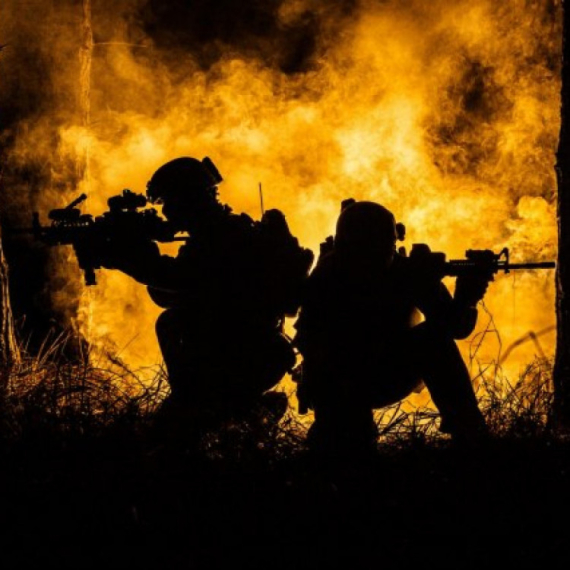












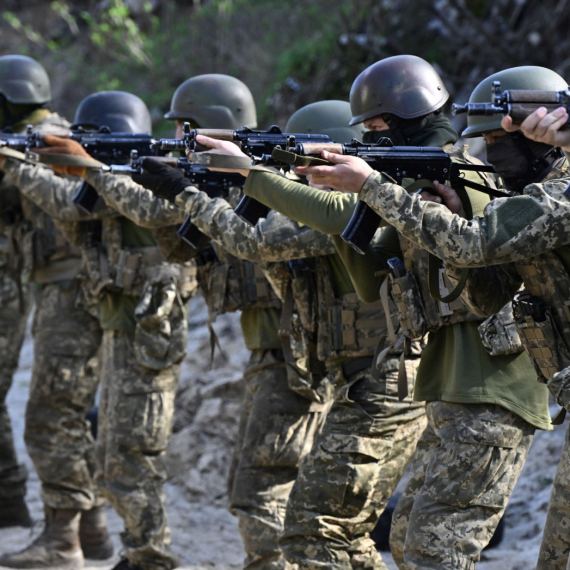
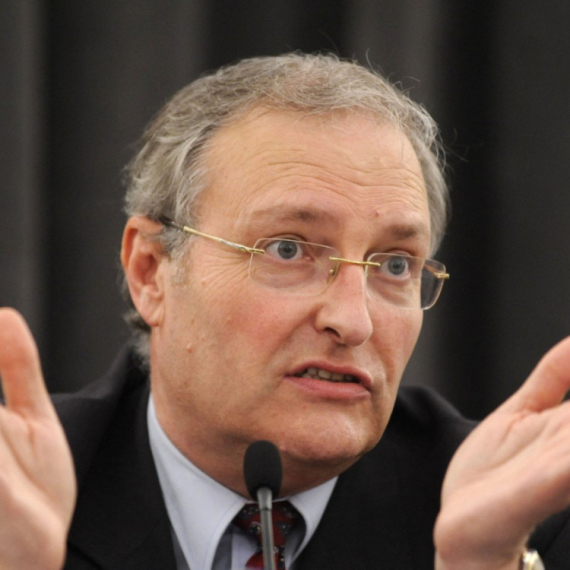
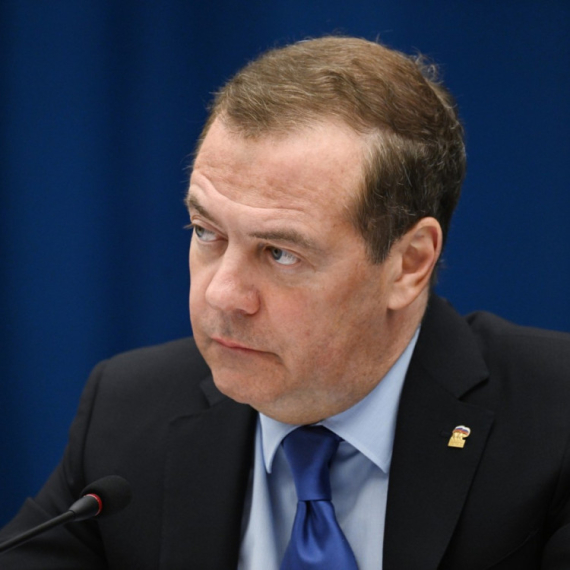
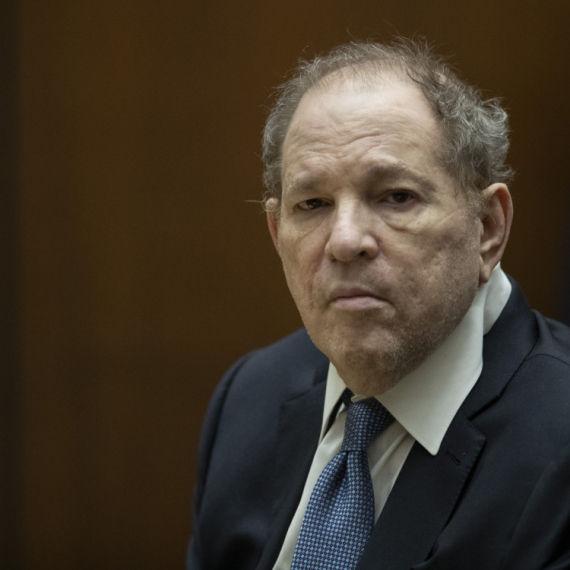



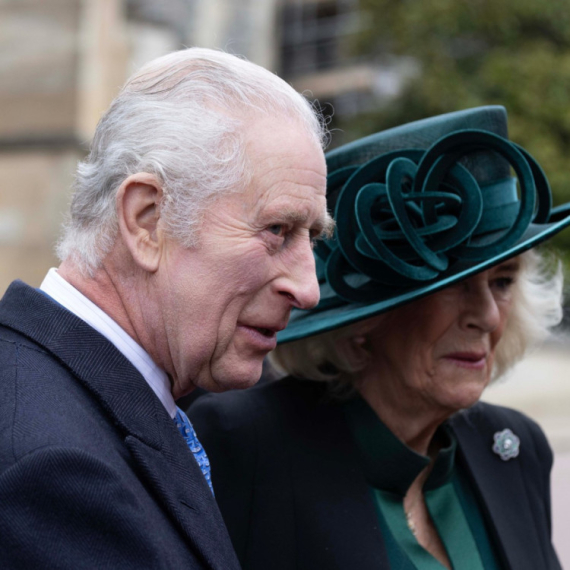







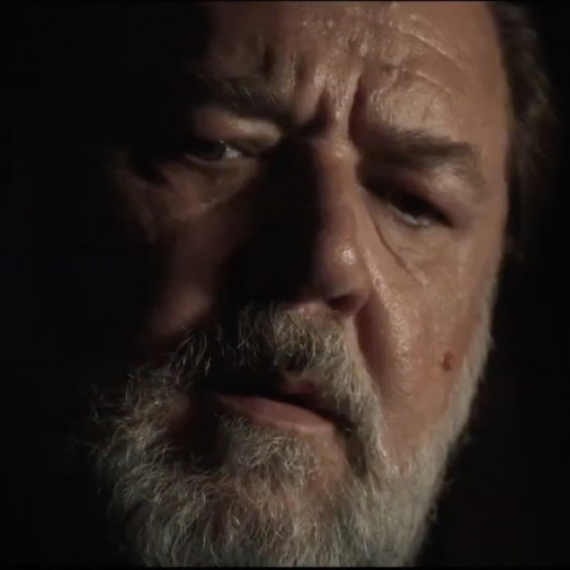

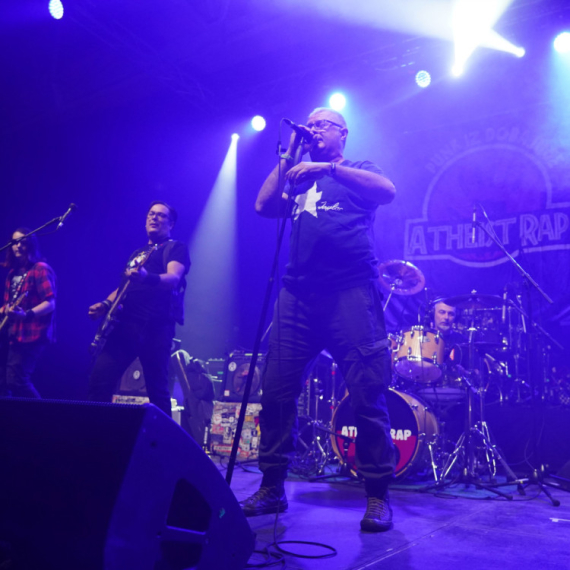
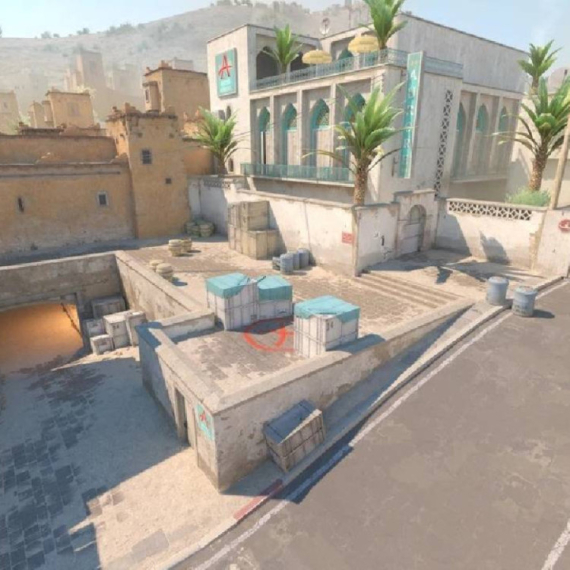





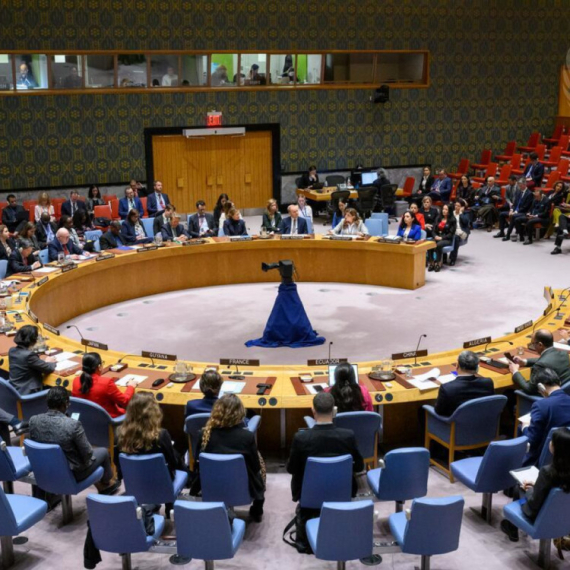
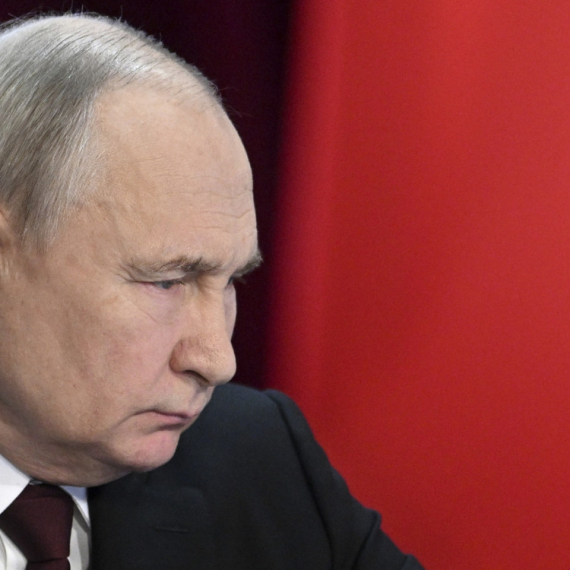
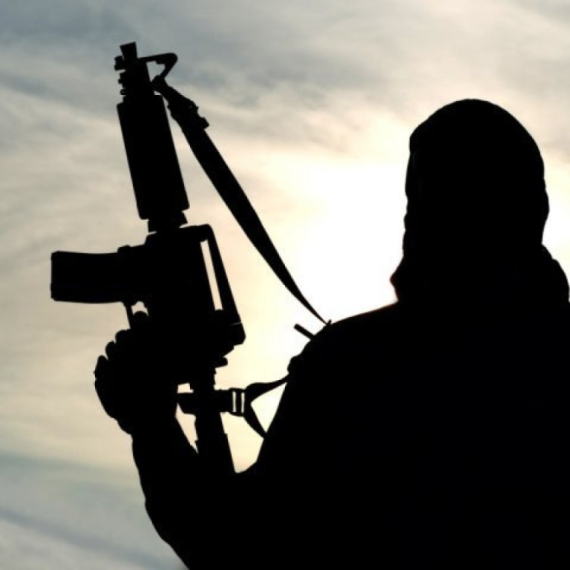
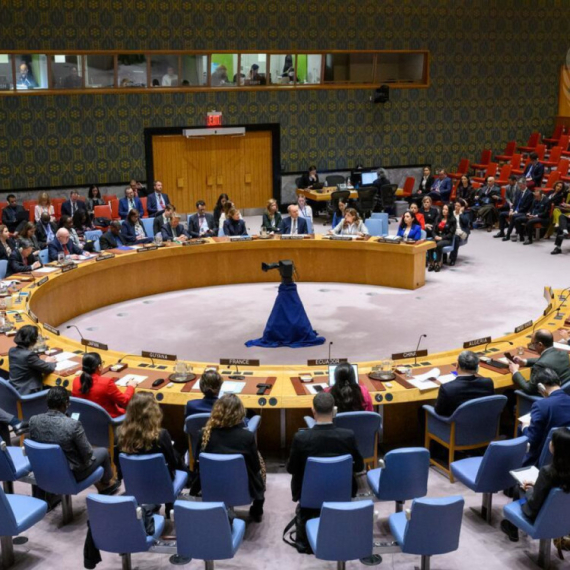










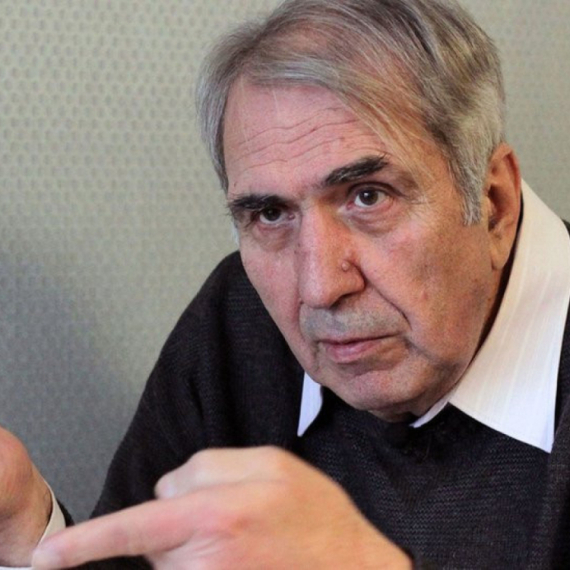
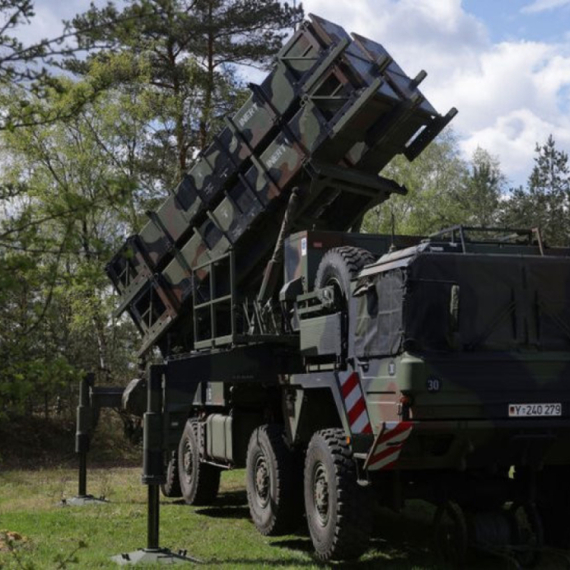
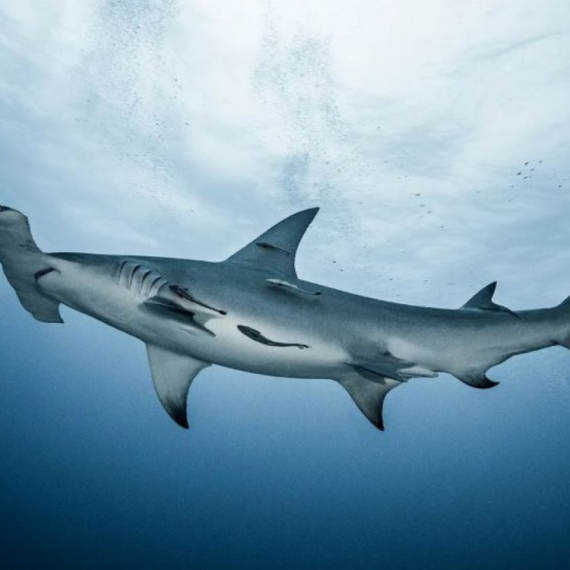
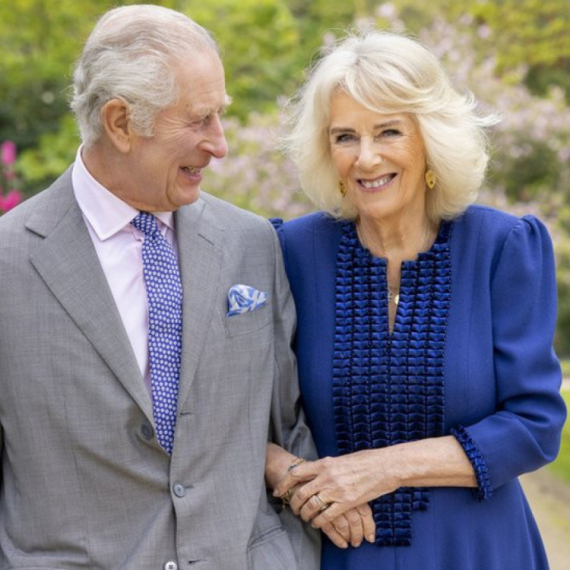


Komentari 1
Pogledaj komentare